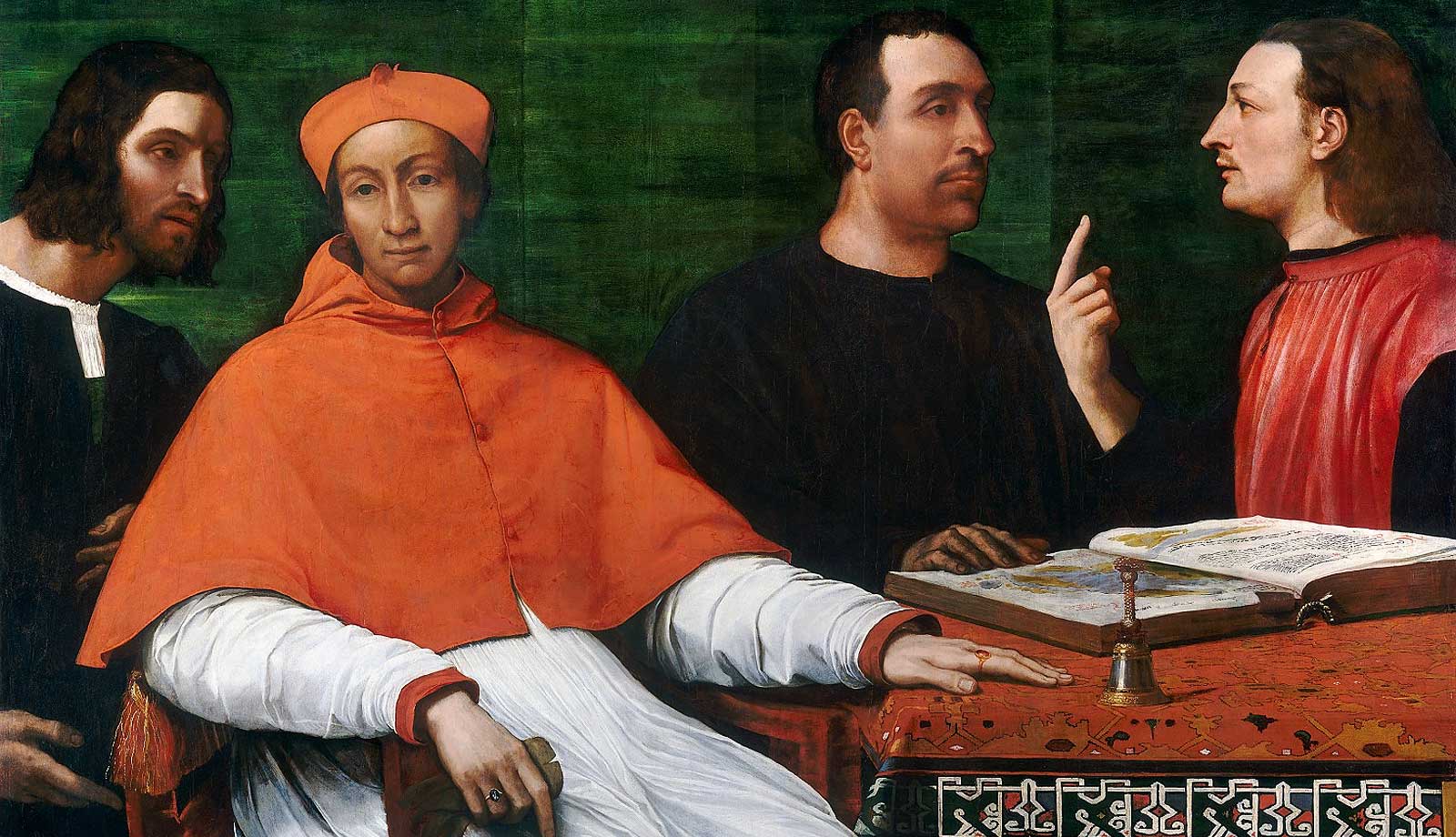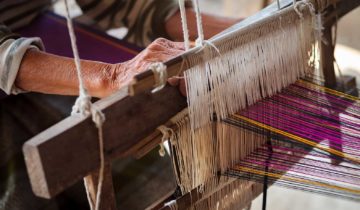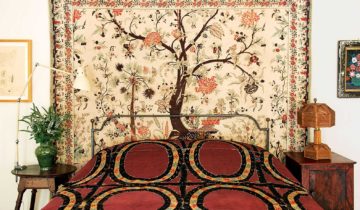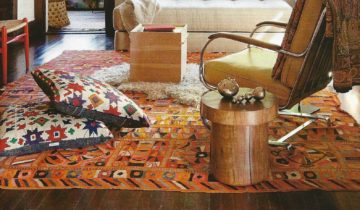If “Lotto” seems like an usual name for carpets and Anatolian carpets , then it’s because it is. These carpets are stunning for their Arabesque motifs, and are actually what is typically referred to more appropriately as Arabesque Usak.
However, in the 16th century these carpets that were produced in Anatolia gained popularity, both within the Ottoman Empire and in Europe. They were primarily produced along the Aegean coast of Anatolia, and so within easy trading distance for Venetian and genoese merchants, both of whom had footholds all over the empire and in its capital city of Istanbul. As a result, these carpets were particularly popular in Venice, and in fact had been used in Venetian art dating back well into the Renaissance.
As these striking carpets made their way around Europe in the 16th century, they caught the particular attention of a well-known Venetian painter of the period named Lorenzo Lotto. He was wholly taken in by their beauty, and began to paint them regularly. Perhaps as much as a majority of his paintings (and he was quite prolific) feature these rugs, so much so that his own fame grew as being the dominant painter of Arabesque Ushak.
All over Europe, these carpets with their specific designs came to be known as “Lotto Carpets” rather than by any more proper name. These rugs are highly characteristic as well. Most notably they have a lacy arabesque, typically with yellow and red hues with blue mixed in.
The motifs involved somehow fail to be complete, and arabesque out in branchy sorts of ways, reminding one of foliage and trees. The style is quite striking, and it’s believed to date back significantly before the period in question.
In fact, the wave designs and almost cubist motion to these rugs is believed to date back to an old form of the Arabic script called kufic. Kufic script was (and still is) a common form of calligraphy, the the interlaced borders of Lotto Carpets are highly reminiscent of this kind of calligraphy. The fact that they came to be so popular in Venice and Europe is a fun coincidence of history, particularly given the roots of their design in Arabic calligraphy!




 No products in the cart.
No products in the cart. 